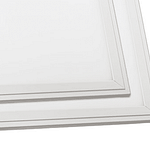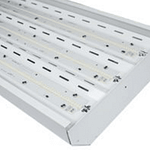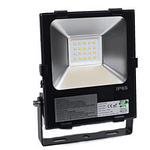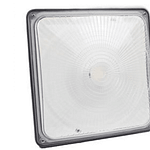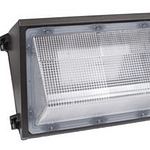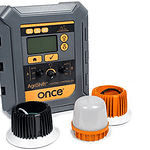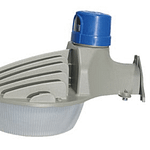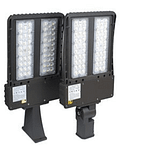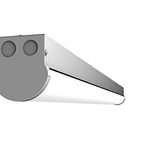1. Installing LEDs: Benefits of Ballast Bypass
When installing LED linear tubes to replace fluorescent lights, there are a few options for what to do with the ballast. Some companies will direct fit the lights to the ballast, essentially just replacing the tube. At Sitler’s, we believe in bypassing the ballast, further reducing your energy and maintenance costs. Keep reading to discover why we think it’s the best option for you
2. How LEDs are Made
The types and varieties of LEDs grow every day it seems, but today we are taking it back to the basics. We are here today to answer the ever-present question of, “How are LEDs made?” We’ll take you through a quick background on the key differences between LED lights and traditional lights, what materials go into creating the light-emitting diode, how those materials are designed and, finally, how they are connected together to create the most energy-efficient light on the market!
3. The Science Behind LED Dim-to-Red Swine Lighting
Being the world’s leader in pork production, Iowa is determined to create the best pork product possible. With new LED lighting technologies made specifically for hog buildings, hog farmers are able to create the best product to date. Today we’re exploring the science behind ONCE Innovations LED dim to red swine lights and how they help create an amazing pork product.
4. National Epilepsy Month: LEDS & Photosensitive Seizures
November is National Epilepsy Month and we at Sitler’s wanted to take the time to talk about how fluorescent lighting may contribute to increasing the risk of photosensitive seizures. It is important to state that epilepsy cases differ person to person and not all people who suffer from seizures are photosensitive. Around 1 in 100 people suffer from photosensitive epilepsy, which can be triggered by many circumstances, such as strobing or flashing lights, flickering lights, or contrasting light and dark patterns.
5. Cause and Effects of Flickering Lights
We’ve all seen it before; the flickering, fluorescent lights at doctor’s offices, meeting rooms, gymnasiums and more. Our eyes are instantly drawn towards this scene, causing distractions, headaches, annoyance, and lack of productivity when it is most needed. Today, we are going to dive deeper into what causes flickering in traditional bulbs and how this phenomenon can negatively impact you.
6. Understanding the LED Color Spectrum
Everywhere you go, lighting affects the way you see things. Whether you consciously think about it or not, the color of lights effects our mood. Yellow to orange lighting makes rooms look dark, warm, sometimes even dingy. Bright, white or even blue toned lights make areas look larger, cleaner, and almost clinical. The color your lighting gives off is due to the most prominent parts of the color spectrum your type of bulb uses. Keep reading below to better understand the lighting color spectrum, and why LEDs offer the best range!
7. 4 Ways to Tell Quality LEDs from Cheap LEDs
LEDs are flooding the lighting market. You can find them in big name stores like Target and Walmart. But are they the highest quality LED out there? LED prices are dropping, but it’s important to know if products are lower in quality as well as lower in price. Here are 4 questions to ask and consider when shopping for LED lighting to help you determine the difference between a quality LED light and a cheap LED light.
8. Why Do LEDs Perform Well in Cold Weather?
Have you gone to switch out an incandescent or fluorescent light bulb, nearly burning your fingertips in the process? As traditional lighting requires heat to power on and create light, the glass bulbs heat up quickly and to dangerous temperatures if touched. Due to their need for heat to simply power on, traditional light bulbs perform below average when used outdoors, especially in the fall and winter. Some lights may not be able to power on at all in below-freezing weather.
9. Choose the Right LED Color Temperature for You!
LED lights come in all shapes and sizes, and are able to replace any traditional bulb you throw in its path. Yet, LEDs have so much more to offer than traditional bulbs, such as color temperature, lumen count, efficacy and much more. This can make finding the right LED bulb confusing. Today, we are going to talk about how you can choose the right LED color temperature for your space, based on factors such as available natural lighting, activity, desired ambiance and more!
10. LEDs and Co2 Emissions
With issues such as oil pipelines and global warming in the news, we thought we’d take a minute to talk about how LED lights can help you reduce your carbon footprint, helping you save money while benefiting our environment.




